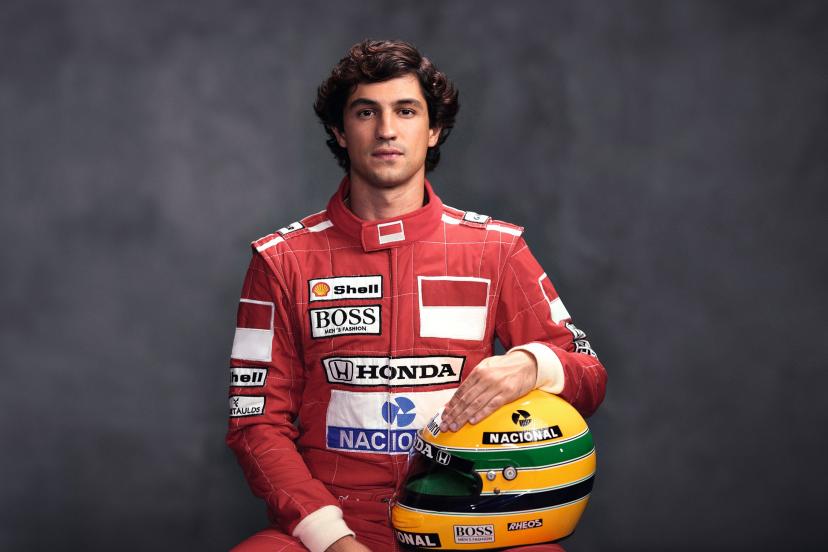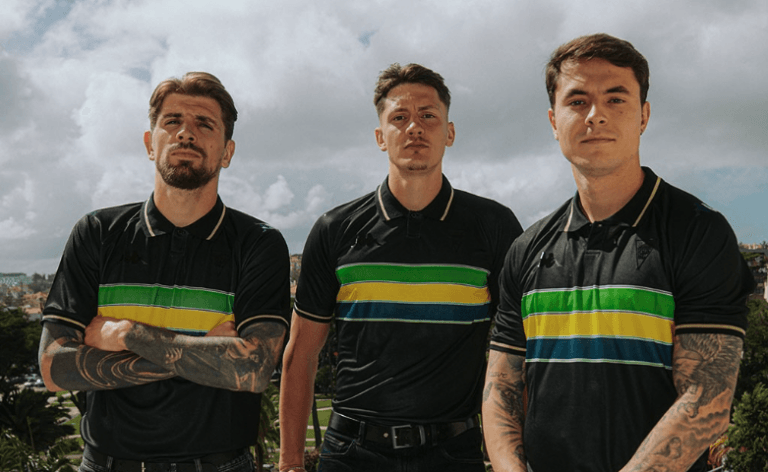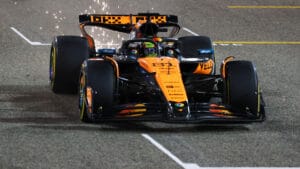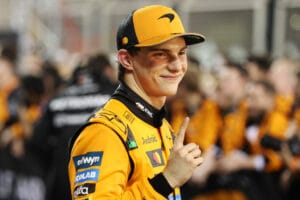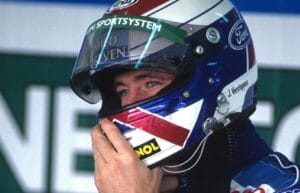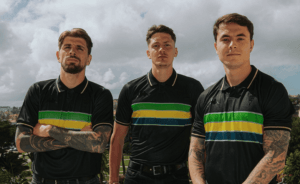Thirty years after his death, legendary racing driver Ayrton Senna is the hero of a new Netflix series. The filming took place in Argentina, at the Oscar y Juan Galvez circuit.
The Oscar y Juan Galvez circuit has retained its charm from the last century. Located south of Buenos Aires, it has seen some of the most illustrious F1 drivers in history – Fangio, Moss, Stewart, Piquet, Schumacher – win the Argentine Grand Prix. Throughout 2023, the site became the heart of the filming for the series Senna, which Netflix will release in France from November 29 in six episodes. An Argentine panorama to magnify the racing exploits of Brazil’s most allegorical sports idol since Pelé could be seen as audacious.
Showrunner and co-director Vicente Amorim explains: “It’s one of the few Formula 1 circuits that hasn’t undergone major modifications in the last thirty years. Its architecture and the layout of the tracks resemble what we needed to reproduce.”
“Reconstructing an era”
Thanks to special effects and meticulous reconstruction work, viewers can imagine themselves at Silverstone, Suzuka, or Spa-Francorchamps. As for the famous 1984 Monaco Grand Prix, contested in apocalyptic rain, which revealed the intrepidness of a rookie Senna in F1, it was recreated on a disused airport in Montevideo, Uruguay, on a sunny day.
A day behind the scenes at the Oscar y Juan Galvez circuit offers a vintage dive into the 1984-94 decade marked by a young, impetuous Ayrton Senna who became a grand master of the wheel. In the paddocks, dozens of extras dressed as McLaren or Lotus mechanics mingle.
Others wear the official shirt of the FIA track marshals or the suits of firefighters ready to intervene. Not a button or a sticker is missing. “It’s about reconstructing an era,” explains Cristina Kangussu, the costume designer, in a hangar filled with clothes racks. With information provided by the Senna family, who are involved in the project, she recreated the champion’s civilian wardrobe.
The real challenge was the racing suits and helmets, both his and those of his rivals, whose designs changed each year. “We had to investigate, consult specialists from the F1 of those years. Mistakes were not allowed in order not to shock the fanatics of the discipline.” It was out of the question for a tobacco logo from the wrong year to appear on the right chest of Gabriel Leone, the Brazilian actor playing the lead role. Or to get Senna’s signature yellow helmet wrong.
“Our intention is for the drivers to have a superhero-like aura,” says Cristina Kangussu, implying that the illusion must be complete. This principle applies equally to the twenty or so cars used for the series, mainly F1s but also Formula Fords and F3s, all manufactured under the supervision of Argentine veteran Tulio Crespi, a friend of Juan Manuel Fangio. The precision of the lines, size of the wings, dimensions of the tires, colors of the bodies – the technical authenticity had to be impeccable.
The top speed of these replicas is close to 150 km/h. At times, seven of them would battle on the track around the camera car, from which the operator filmed at ground level. All were driven by experienced South American drivers, including Crespi’s sons, Luciano and Matias, who were stand-ins for Gabriel Leone and Franco-American Matt Mella, who plays Alain Prost.
Getting as close as possible to the drivers’ sensations
“For safety and plausibility reasons, it was of course out of the question for the actors to take the wheel,” emphasizes Vicente Amorim. In addition, 98 cars were reproduced by a virtual production studio in São Paulo. This is because a significant part of the filming of the purely sporting scenes took place far from the circuits, in front of a wall of state-of-the-art screens displaying images of races recreating reality.
Filmed in close-up, the actor-drivers are then installed on a mobile platform that reproduces the effect of vibrations, turns, accelerations, etc. Vicente Amorim: “This setup frees their creativity. Everything they see corresponds to what is happening in the scene. A car emerges behind them, wants to overtake them… They fully immerse themselves in the role of the drivers and experience all the intensity of the moment. The aim is to get as close as possible to their sensations.”
This is how the sequence of Ayrton Senna’s fatal crash on May 1, 1994, in the Tamburello curve at Imola, was broken down from inside his Williams cockpit.
To lend credibility to this heavy production work on the automotive side of the project, an actor capable of approaching, at the wheel, the relentless hardness of the Brazilian virtuoso and, in life, his sexy ease was needed.
The actor puts on his helmet and gloves as Senna did
To achieve this, the Carioca Gabriel Leone adopted the Paulista accent, took up karting, listened to phone conversations between the driver and his loved ones, questioned his sister Viviane, and devoured all the books and documentaries dedicated to his model.
He learned to put on his helmet and gloves like the three-time world champion. “All this preparation had one goal: that in front of the camera I could feel this adrenaline, this fear, this joy that fueled Ayrton when he was racing at over 300 km/h.”


